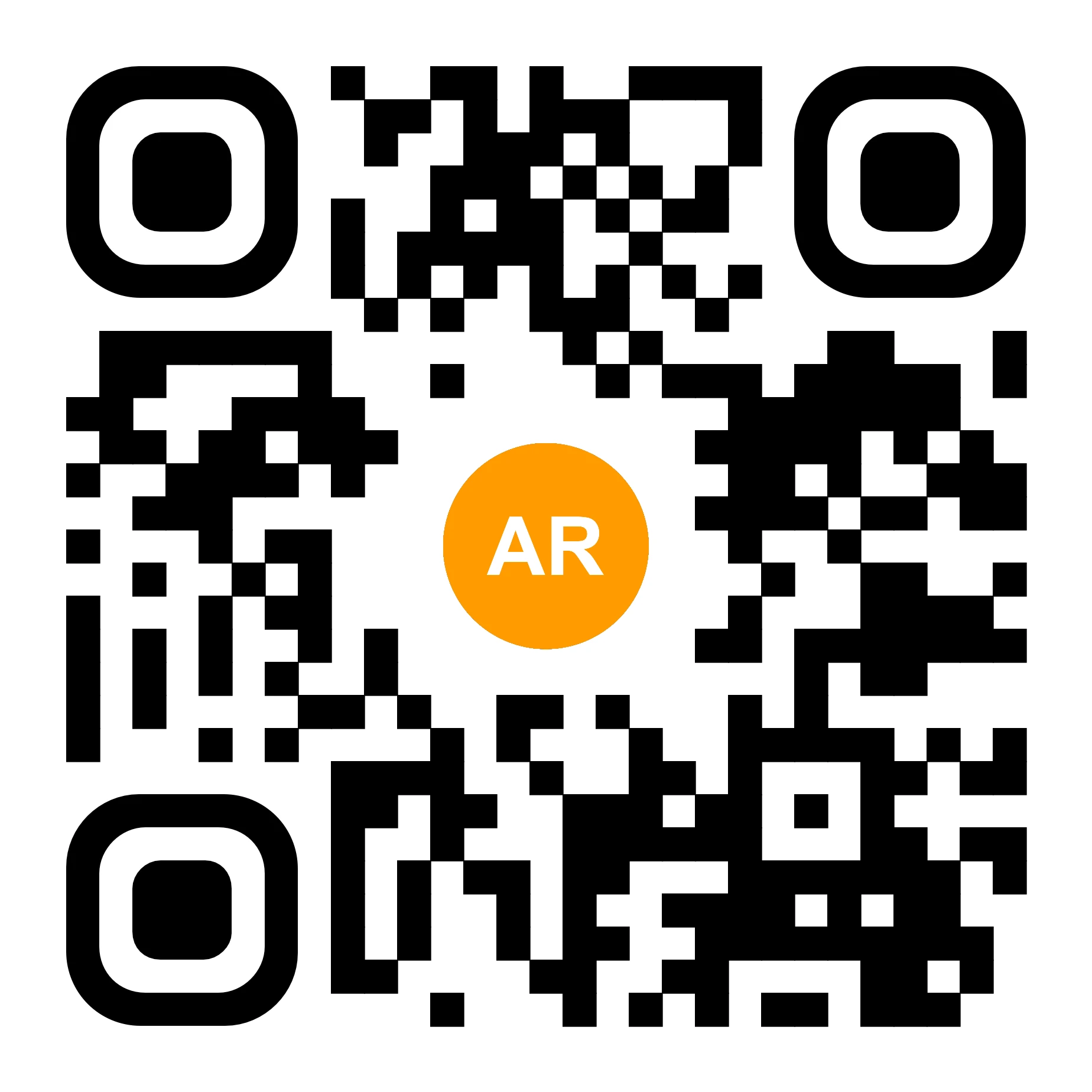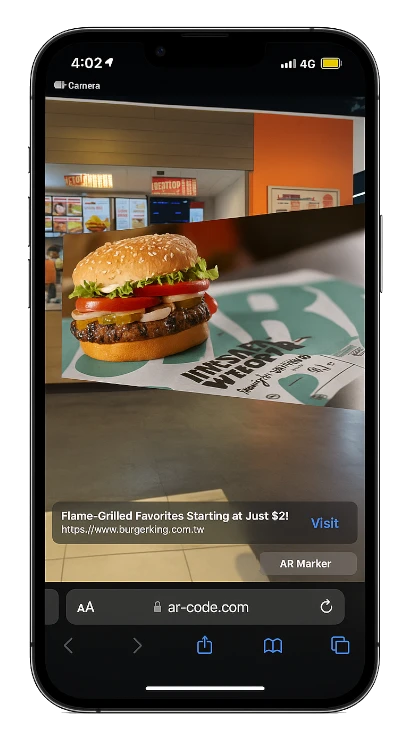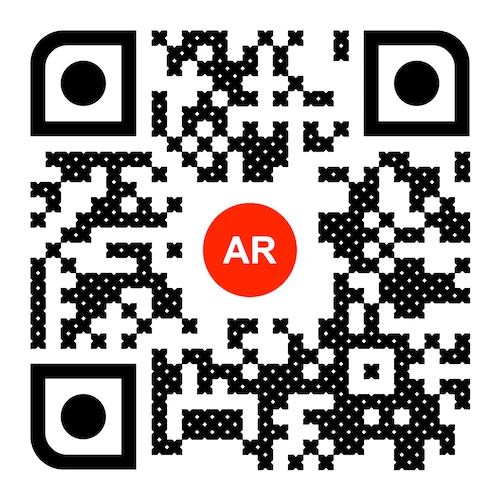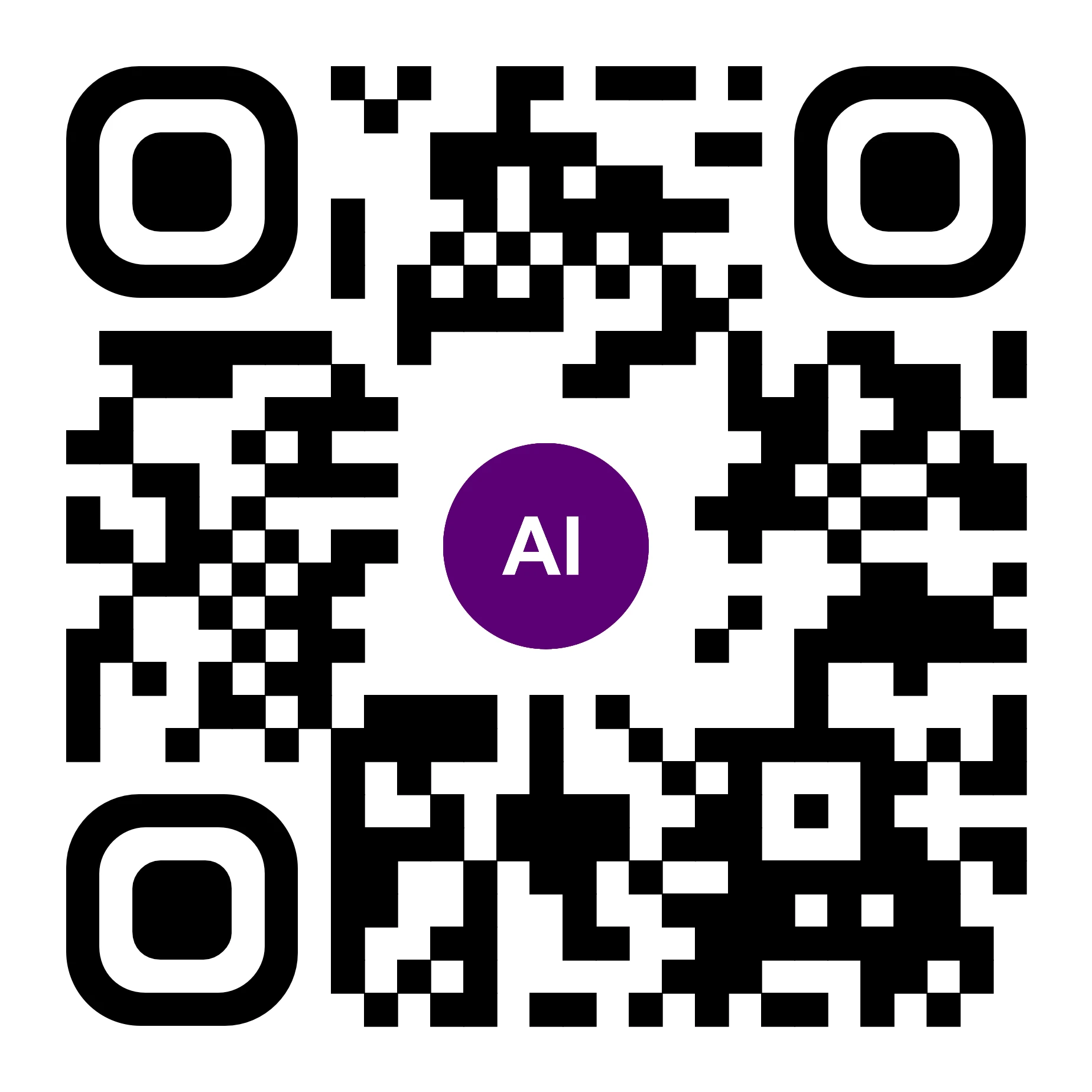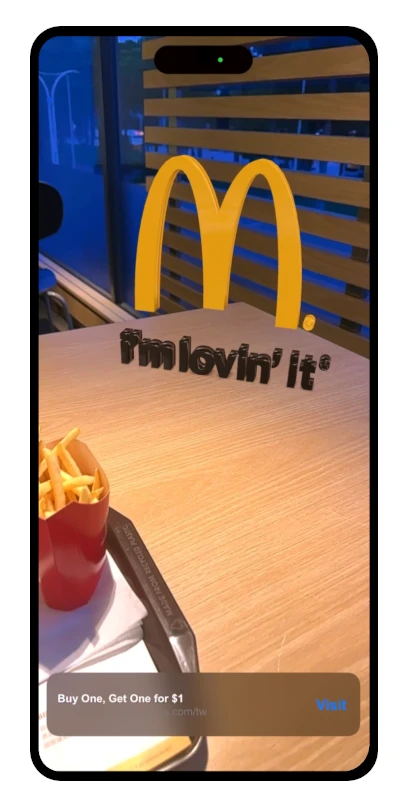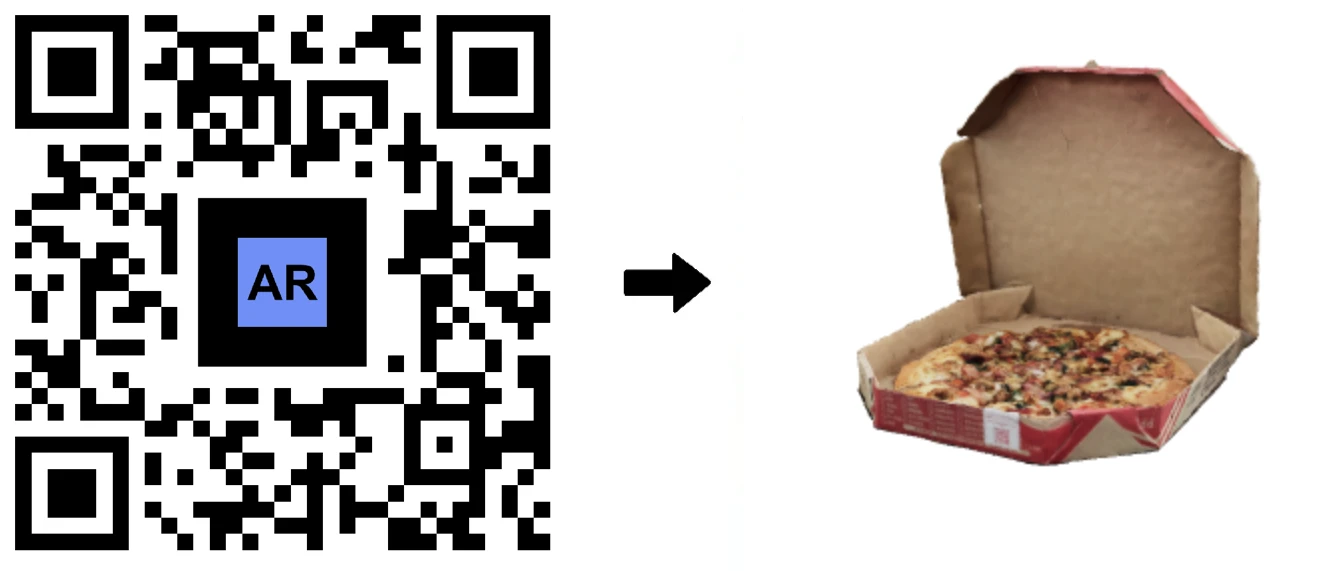VIDEO TUTORIAL: How to Display a 3D Scan Photogrammetry in Augmented Reality with an AR Code
Tutorials | 01/01/2026 |
Accelerate your business growth with AR Code’s SaaS solutions for seamless photogrammetry uploads and captivating augmented reality rendering. AR QR Codes revolutionize customer engagement, boost conversion rates, and deliver memorable interactive experiences. Elevate your marketing strategy and distinguish your brand using AR Code’s advanced cloud-based AR platform.
Photogrammetry transforms photos or videos into precise 3D models, making it perfect for businesses that want lifelike digital twins for AR marketing, ecommerce, and product design. Capture at least 120 images or a 360-degree video, then utilize industry-leading 3D reconstruction tools with AR Code for compelling AR assets. This workflow offers scalable and impactful augmented reality across multiple business sectors.
Simplified Photogrammetry with the AR Code Object Capture Tool
The AR Code Object Capture tool makes photogrammetry effortless for businesses. Instantly convert photos and videos into interactive 3D models and generate AR QR Codes directly from our SaaS web platform or iOS/macOS app. By removing technical obstacles, AR Code enables organizations to drive innovation and accelerate digital transformation.
AR Code Object Capture quickly produces dynamic AR QR Codes, turning static 3D models into engaging augmented reality experiences. Apply these AR QR Codes throughout your operations and marketing to enhance customer interaction, strengthen brand perception, and stand out in competitive markets. Easily share and integrate impactful AR moments that convert and retain customers.
Integrating Photogrammetry and AR for Business Growth
The AR Code platform bridges digital assets with real-world environments to revolutionize how businesses connect with customers. While smartphones are commonly used, AR headsets and smart glasses are unlocking new enterprise opportunities. Use AR Code to deploy 3D models, custom text, and video in your audience’s space to drive smarter decisions and stronger bonds.
Cloud photogrammetry streamlines digitization of products and spaces, enabling businesses to transition to AR cost-effectively. Retail, real estate, education, and manufacturing leverage AR Code’s SaaS platform for efficient, scalable campaign and content management.
Present your photogrammetric 3D scans as engaging AR experiences within seconds. AR Code transforms standard images into interactive AR assets anchored to real locations, increasing engagement and driving brand awareness. Add AR QR Codes to packaging, advertising, and point-of-sale displays for high-impact exposure and audience interaction. Discover more about scanning AR Codes for instant AR access in our AR scanning guide.
AR Code SaaS Features: Drive Engagement with Immersive Experiences
AR Code offers a comprehensive set of business AR tools for creating, managing, and customizing interactive content from photogrammetric scans. Leverage AR Text, AR Photo, AR Face Filter, and AR Portal features for enriched AR content. Boost your campaigns with tailored solutions for real estate marketing, interactive advertising, and beyond.
The cloud-based AR Code platform simplifies 3D model uploading and centralized AR QR Code deployment, making it ideal for enterprises scaling their AR efforts. Maintain on-brand, organized AR content with effortless control from one dashboard.
Access expert-led tutorials and demo videos to streamline 3D scanning and maximize results from your AR initiatives. AR Code makes delivering visual AR experiences simple, quick, and influential for business growth.
How to Create AR Codes from Photogrammetric Scans
Transform your photogrammetry scans into AR instantly using the AR Code Object Capture solution on web, iOS, or macOS. Optimize your AR workflows and accelerate time-to-market. For a step-by-step process and best practices, read our guide to displaying 3D scan photogrammetry in AR with AR Code to get the most from your AR investments.
Digital Restaurant Menus: Engage Diners with AR Dish Photogrammetry
AR QR Codes are transforming the restaurant industry by providing interactive, photorealistic 3D menu items. Restaurants and cafes using AR Code let diners preview authentic 3D dishes before ordering, increasing satisfaction and loyalty. Explore how AR Code redefines hospitality marketing with visually immersive digital menus.
Frequently Asked Questions
How can I create a 3D model using photogrammetry on AR Code?
Capture a video or comprehensive series of photos of your subject using the AR Code Object Capture app or web platform. The AR Code engine processes your input and creates a 3D model, then generates an AR QR Code ready for instant sharing or deployment. For complete tips, see our guide to 3D scanning with the AR Code Object Capture app.
What are some possible applications of AR Code and photogrammetry in various industries?
AR Code and photogrammetry deliver value across many industries. Restaurants provide AR menus for immersive ordering. Retailers let customers visualize products in their homes. Architects and designers show floorplans and objects in context. Discover more use cases in education, real estate, and museums to unlock innovation for your business.
How can I share my AR experiences created with AR Code?
Share your AR experiences by embedding AR QR Codes on your website, social channels, ads, or packaging. Users scan the AR QR Code with a smartphone or AR headset to instantly access your branded content. For steps, read the step-by-step guide on how to scan AR Codes for a seamless AR launch.
Tutorials - Latest Blog Posts
Tutorial on Leveraging the AR Code API Key

Accelerate business growth and drive digital transformation with AR Code SaaS solutions, the leading augmented reality platform for seamless and scalable AR integration. Boost operational efficiency and enhance marketing with our AR Code API key tutorial. AR Code empowers businesses to create immersive content,...
How to Create a Customized AR Code Experience?
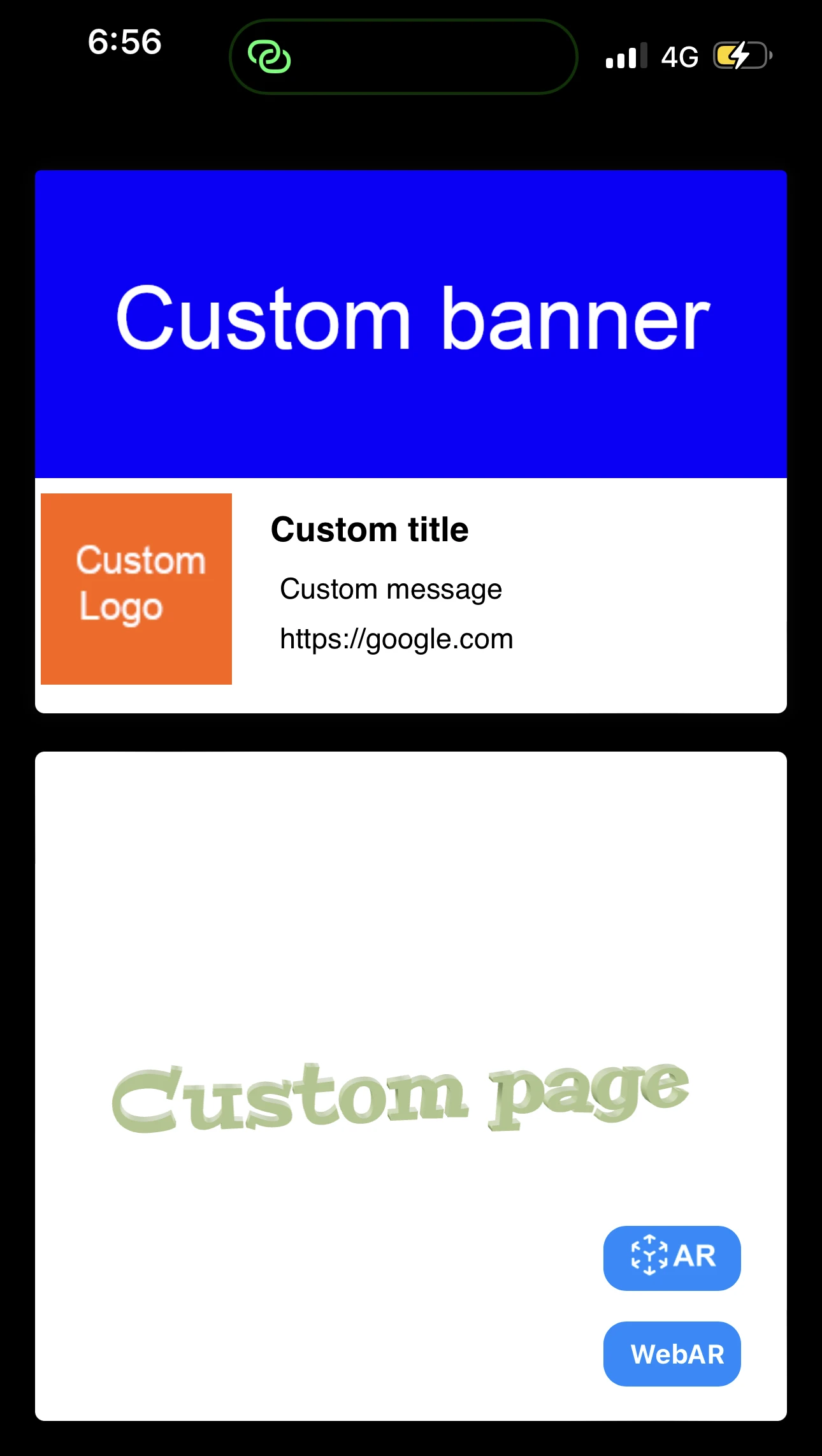
AR Codes elevate customer engagement by delivering immersive augmented reality solutions that set your business apart in today’s digital marketplace. With AR Code’s advanced custom pages, brands can instantly display unique messaging, company logos, and calls-to-action the moment a user scans the code—maximizing...
How to Manage the File Size Limitation for 3D Models on AR Code ?
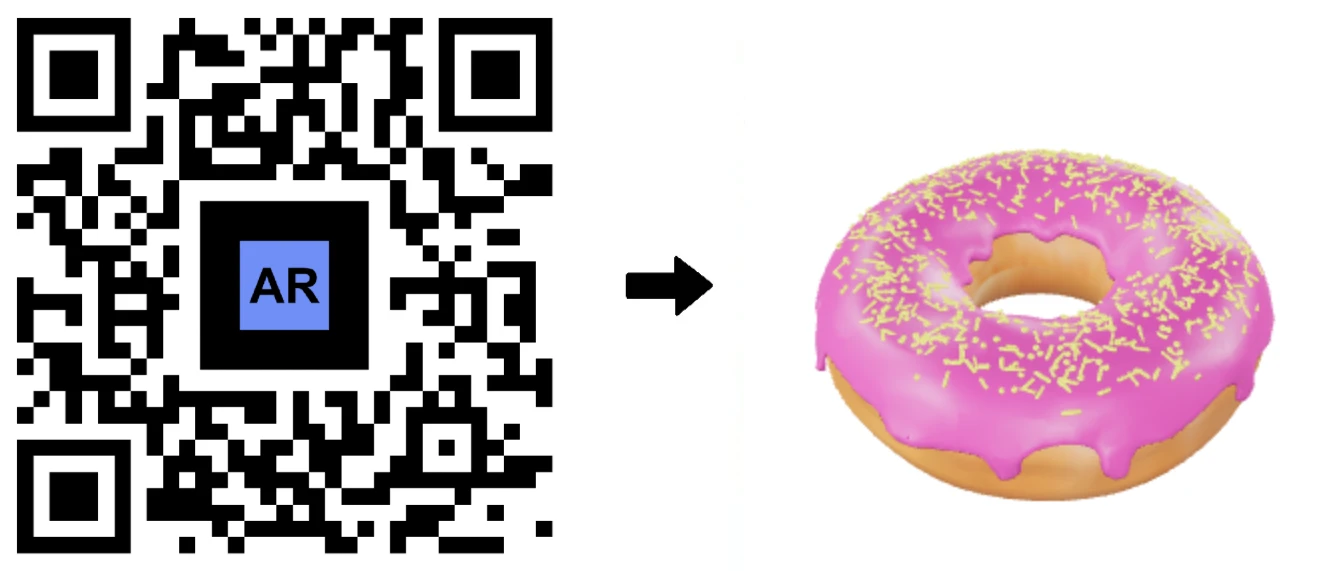
Accelerate your business growth and drive engagement with AR Code SaaS solutions. AR Code allows companies to instantly integrate advanced augmented reality and 3D experiences into products, marketing, and brand messaging, maximizing customer interaction and delivering a competitive edge. Ensure flawless AR by...
VIDEO TUTORIAL: How to make a 3D Model optimized for Augmented Reality with AR Code?

Unlock next-level business marketing and customer engagement with AR Code SaaS solutions. Seamlessly integrate immersive augmented reality experiences by preparing high-impact, optimized 3D models in Blender. This guide details essential strategies for optimizing 3D assets to boost your brand’s digital presence and...
VIDEO TUTORIAL: How to convert a 3D CAD model from STP STEP or IGS IGES formats to GLB or OBJ
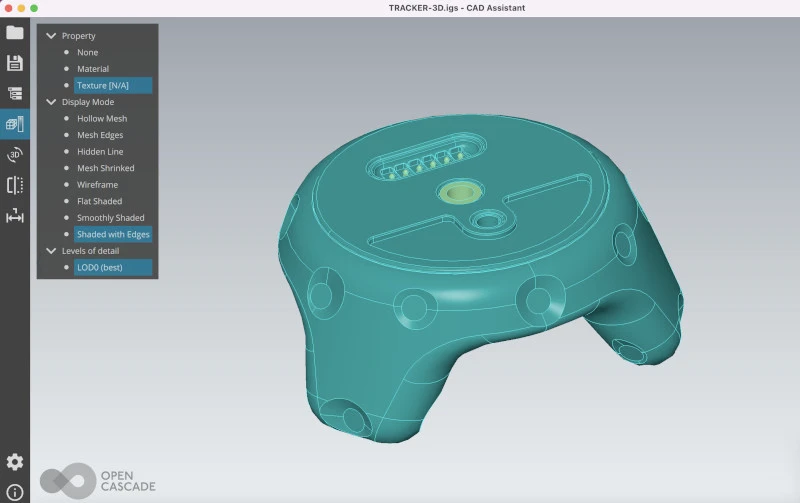
3D CAD models are essential for driving innovation in industries such as industrial manufacturing, real estate, creative agencies, and product design. Today’s CAD platforms make project execution more efficient and collaborative. Integrating AR Code SaaS solutions allows businesses to showcase 3D CAD models in...
VIDEO TUTORIAL: How to compress / reduce the size of an industrial 3D CAD model with MeshLab and Blender?

Boost your business growth and elevate your brand by leveraging AR Code SaaS solutions for immersive augmented reality experiences tailored for enterprises. Utilize high-performance 3D models, learn critical 3D file size optimization with Blender, and deliver visually stunning, high-definition 3D CAD content in your...
VIDEO TUTORIAL: How to compress / reduce the size of a 3D model in Blender (GLB, GLTF, DAE, FBX, OBJ...)?

Blender is a leading open-source 3D software enabling businesses to create high-quality 3D graphics, animation, and visual effects efficiently. Its compatibility with numerous formats—GLB, GLTF, DAE, OBJ, ABC, USD, BVH, PLY, STL, FBX, and X3D—empowers organizations to accelerate 3D modeling, design, and augmented...
VIDEO TUTORIAL: How to create an AR Portal and anchor it with an AR Code?

AR Portals are transforming business engagement by offering immersive augmented reality experiences that increase customer interaction and conversion rates. With AR Code SaaS, showcase products and services through interactive digital presentations that help consumers make confident decisions and strengthen brand...
VIDEO TUTORIAL: Generate 3D Text on AR Code
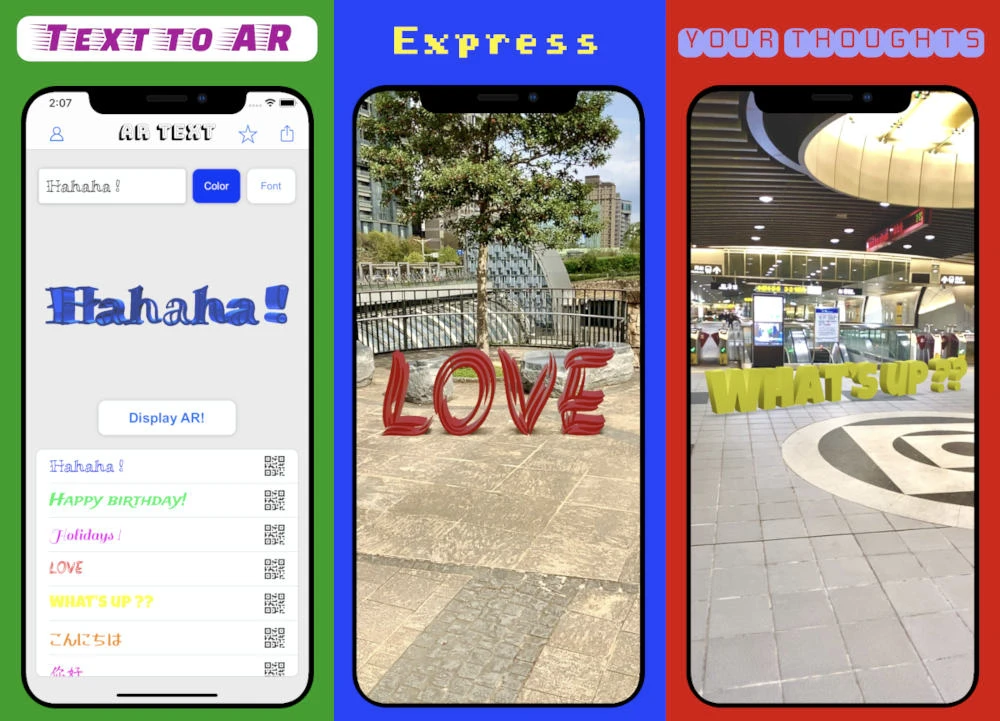
Elevate your business communication, marketing, and educational outreach with AR Text from AR Code. Instantly transform plain text into captivating 3D AR animations, increasing audience engagement and strengthening your brand presence. AR Text is designed for businesses, educators, and creative professionals to...
VIDEO TUTORIAL: Create an AR 3D Photo on AR Code
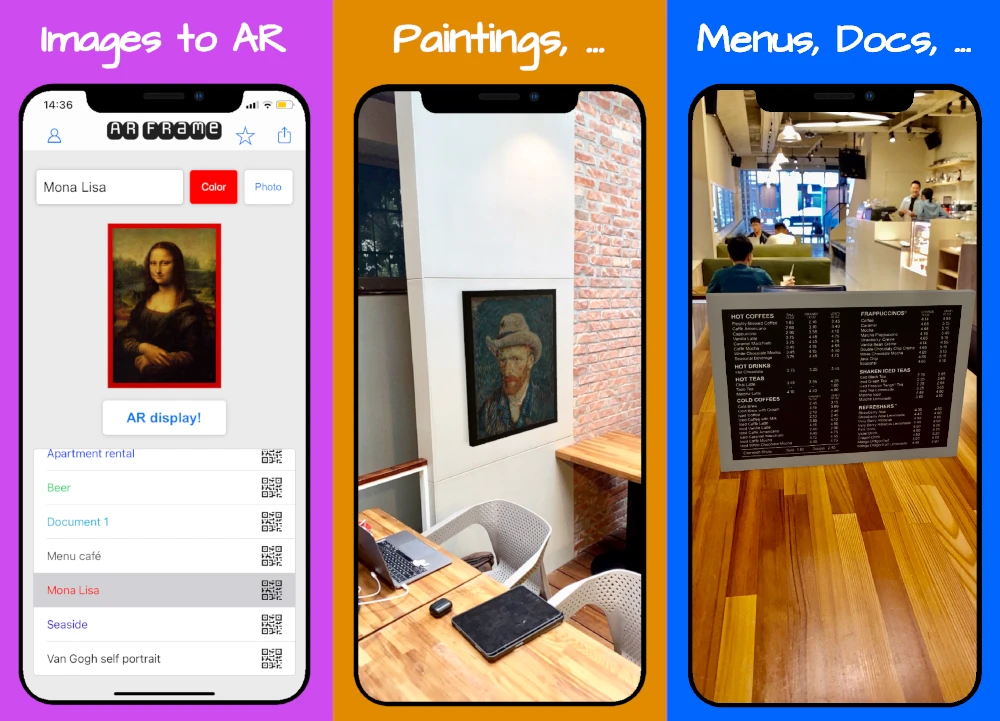
AR Code revolutionizes 3D Augmented Reality photography for businesses with intuitive, industry-leading solutions designed for efficient AR photo creation and sharing. With AR Code SaaS, companies can generate and share dynamic AR QR Codes that increase customer engagement and drive brand awareness. AR Frame iOS...
150,658 AR experiences
553,402 Scans per day
129,233 Creators



